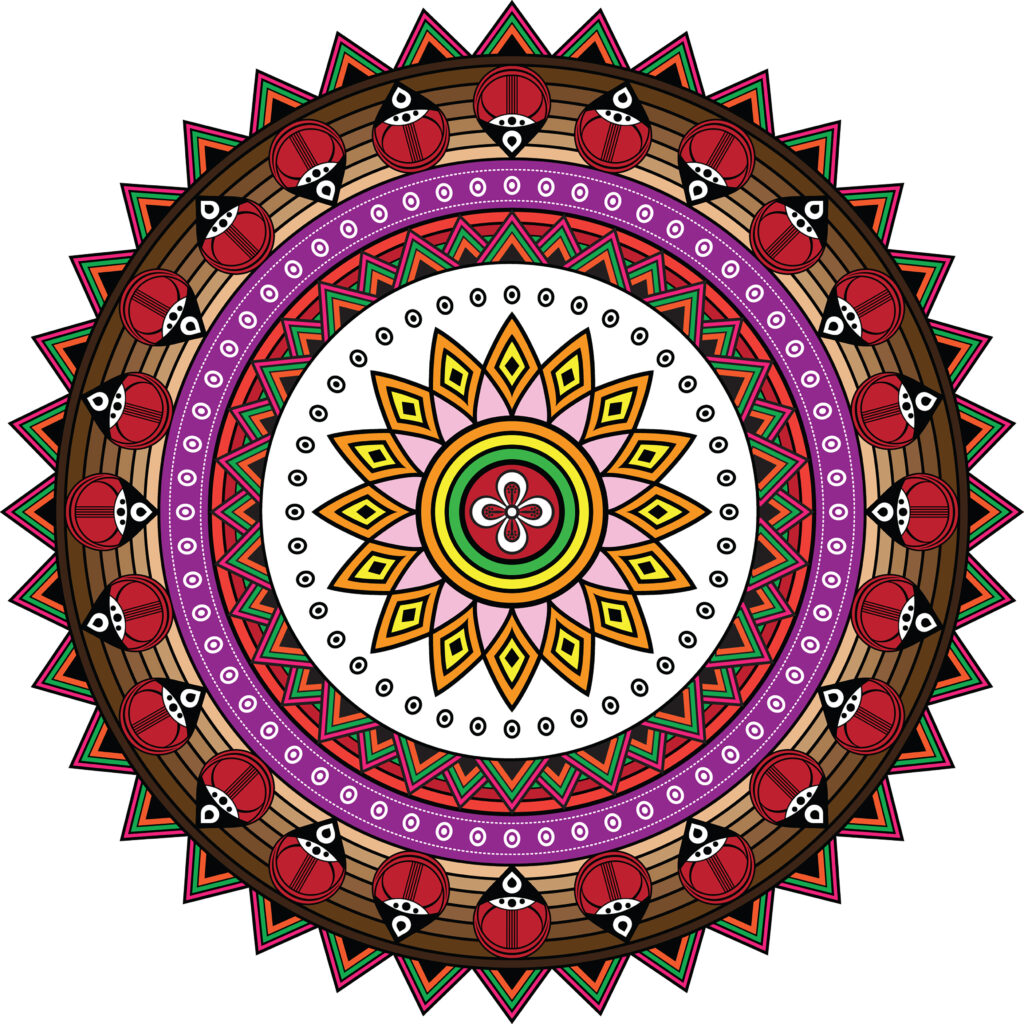
“When there is silence, one finds the anchor of the universe within oneself.” – Lao Tzu
Mindfulness is defined as awareness, intention, or being purposeful. It can be used in the context of any action in the sense of doing it with mindfulness, such as mindful eating, mindful movement, or mindful working. In these instances, think of bringing all of our attention to the activity we are doing. In the case of silent mindfulness, we are referring to formal meditation.
Meditation is a practice that has been shown to decrease stress, improve mental health and overall well being, and has also been shown to improve high blood pressure, chronic pain, and cognitive function. Meditation is sometimes associated with religious practices, but one does not have to belong to any religion to practice meditation as it does not require any mantra or belief.
assess your starting point for this challenge
- How familiar are you with meditation?
- Identify any concerns or worries you have about trying meditation.
- Identify what would be helpful for you for meditation (sitting in a chair or on a cushion, starting with a short guided meditation rather than a long silent meditation).
- How many times are you able to commit to meditating during this week-long challenge?
Tips to help you with this challenge
Many people think that in order to meditate, your mind has to be blank. This is not the case. When meditating, it is very common to have our minds jump from thought to thought, like a monkey swinging from branch to branch in the jungle. The goal of meditation is to stay curious and observant, rather than trying to control, analyze or hold on to any thoughts, emotions, or physical sensations that come up when meditation.
The length of time needed for meditation is also a common concern. Starting with 3 or 5 minutes will bring great benefit and is a reasonable place to start. A longer meditation is easier with more practice, and will also bring more benefits. It is a good idea to start shorter and gradually build up to a longer meditation over time.
There are many tools that are helpful for meditation, especially guided meditations that are available online and through Apps. Some suggestions are:
- Insight Timer (App)
- Calm (App)
- Headspace( App)
- Search Body Scan Meditation on YouTube or Spotify. Choose the length of time you’d like.
- Use Bilateral sounds or Binaural Beats on YouTube or Spotify to support relaxation. Use headphones for these.
There are other Apps and tools to help you with meditation. There are also many teachers that have their own style of meditation for specific purposes, including Jon Kabat-Zinn, Deepak Chopra, Joe Dispenza, and many others. Choose the one that resonates with you.
Reflect on your journey
- How do you feel after completing this challenge?
- What challenges did you come up against?
- Is a regular meditation practice some that you can see yourself developing?
